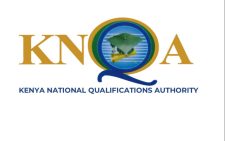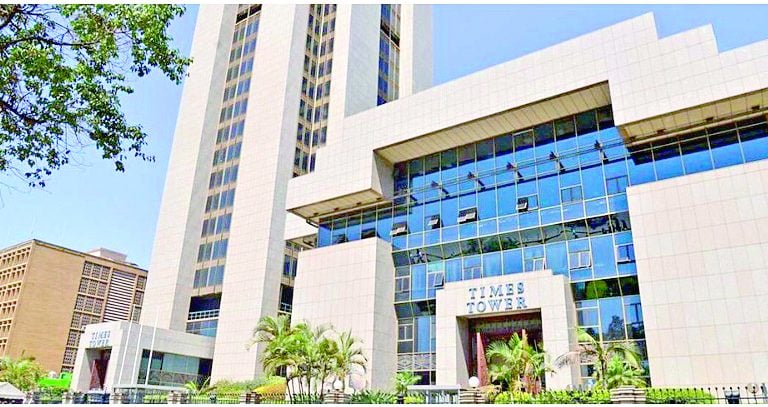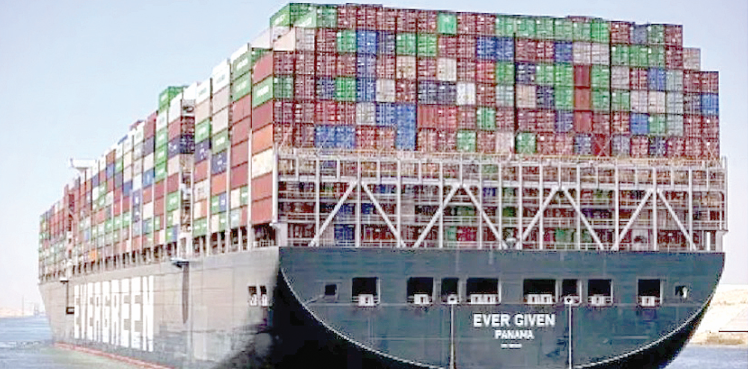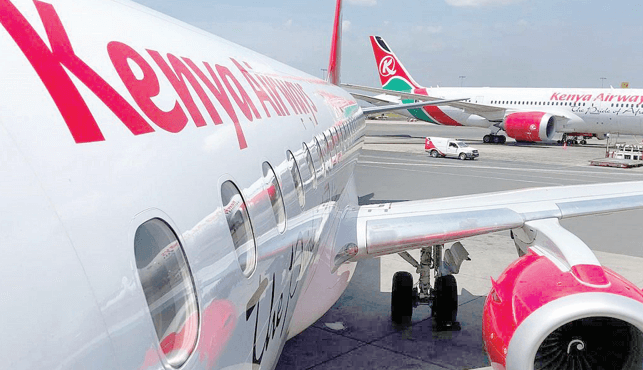Nyando rice farmers reap big from expanded irrigation plan
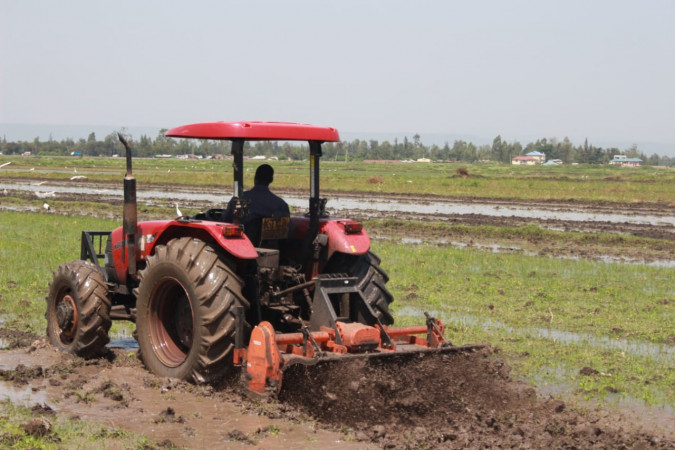
Farmers in Nyando rice belt are staring at better times ahead as elaborate efforts by the government to expand rice production in Ahero and West Kano irrigation schemes starts to pay off. With the acreage for individual farmers increasing, some claim their produce has earned them up to Sh500,000 even as the land under rice production in the area increases.
National Irrigation Authority (NIA) started the expansion process in April 2021 and was targeting to increase the area under rice production from 11,000 to 16,000 hectares. Among those who have benefitted from the expansion are farmers at the 3,000-acre Okana Irrigation Scheme which was introduced last year, with most of them already harvesting rice.
Otieno Tuju, a farmer at the vast scheme who planted three acres claimed that he has already seen the benefits of the expansion and claimed rice production is on the right path in the area. “I was able to earn Sh500,000 from my produce after the expansion,” he said.
The farmer says he got about 45 bags in a single acre and is now eyeing to increase acreage to earn him more. He is among several farmers who have pegged their hopes on the venture to boost their income while at the same time contributing to improving food security.
Tuju said that before he was doing menial jobs before settling on rice farming which has seen him harvest heavily.
“I was motivated with the amount of money that I got and I also did expansion in my farm and currently I have four acres and by next year hopefully, I’ll have eight,”he said.
But he is not alone, a majority of farmers at the rice belt also claim that their production has increased in the last one year after expanding their individual acreage. In the past, they claimed, some of them only earned about Sh100,000 after four months. Most of them relied on single acres with only a few able to grow in large parcels.
NIA says farmers from Kisumu earn up to Sh1.8 billion every harvesting season from the vast Nyando rice belt. For Nancy Achieng, a farmer who has also leased land, since 2021 April, her production has improved tremendously after investing in new rice fields.
She claims the improvement in the supply of water to the farms have improved management of the product and thus improving production.
Harvesting season
“We had a problem with finding market in 2021 because of Covid-19 but profits have increased because of the expansion the rice fields,” she explains, adding that her earnings surpassed Sh400,000 in a single harvesting season last year.
Joel Tanui, National Irrigation Authority Nyanza Regional Coordinator and Western Kenya Irrigation Schemes (Ahero and West Kano) manager said the rice belt produces about 50,000 tonnes of rice.
Tanui stated that most of the irrigation schemes that they focus on are rice growing irrigation in Mwea, Hola and Ahero and West Kano being that they are the predominant rice growing schemes in the country.
As a country, he said Kenya is still a net rice importer and as of now, the country is producing an average of 200,000 tonnes of rice annually compared to the annual rice consumption in the county that stands at 600,000 tonnes.
“We have a deficit of 400,000 tonnes which we bridge through importation from different countries,” Tanui said.
He added that NIA through its rapid expansion programme is targeting to bridge the gap through rapid expansion of irrigation as it still has a potential of more than 200,000 acres of land which can still be put under irrigation. In line with the vision 2030 of ensuring food sufficiency for every Kenyan, Tanui said they are working in that vision as an institution to ensure that by 2030, every Kenyan has access to affordable food.
And as an institution, he stated, they are also ensuring that farmers are upto to the task by giving them water so that they can produce food in every acre so that they are able to cultivate in this country.
Ahero irrigation scheme in Kisumu County is a strategic government project in terms of food security. It was started in 1969 with the sole purpose of ensuring that there is sufficient food production post-independence so that every Kenyan could get sufficient food
“From 1969-2014, we have commanded a total of 5,800 acres in this region but from 2014 upto now, we have developed new area under irrigation with more that 10,000 acres of new development and currently, we have 18,000 acres of land which has been put under irrigation as at now, “ Tanui said.



